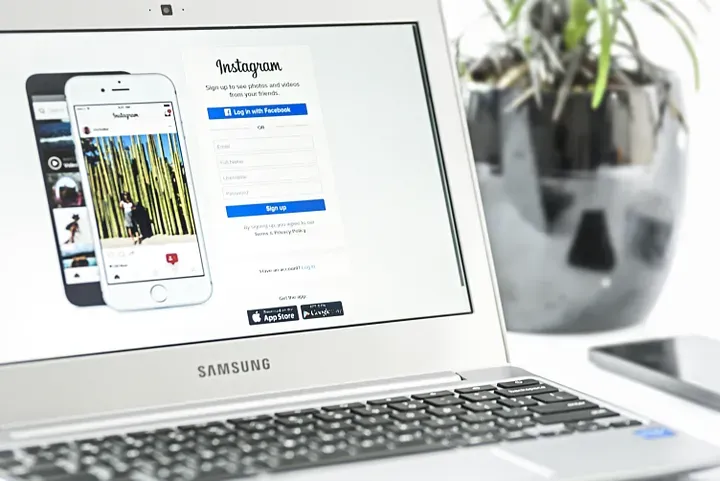How we “redesigned” our thoughts this week

The role of Aesthetics in Web Design
- Isn’t design supposed to be inherently pretty? What even are Aesthetics?
Err. No designs aren’t inherently pretty. Designers spend hours trying to get things right to make the design look as great as it does in the end, and that’s where aesthetics come in. Aesthetics are in a sense, a series of small adjustments made to a design to make it look beautiful, or more appealing to the eye, and not just a cool hippie trend that someone started on Tumblr.
How this makes aesthetics different from the actual design itself is, that any arrangement of elements is still some sort of a “design”, like making 3 strange strokes with a paintbrush on paper is technically also a painting, super abstract, but a painting nonetheless. Similarly, a group of elements on a canvas is a design, technically, but without attention to aesthetics it becomes the kind of design that’s a big fan of MJ’s super hit song — I’m bad. - Form Follows Function, the alliteration of truth.
The form of an object is what the object looks like, is born out of it’s purpose.The function of an object is what the object is going to be used for. Take a square for an example, its form is the shape and its purpose is to create a figure that has 4 corners that are equidistant from each other. The square can be used in a design in ways that are too long to list.
As designers when we design an artwork, keeping its intended use in mind, we adhere to form follows function, because, well, not crazy. But when we design an artwork, and then try to figure out what to do with it, we’re inviting troubles that will eventually cost us our mind or the artwork. The thing that’s needed in this dangerous game of trying to place form before function is balance, a kind of inner peace that helped Po defeat Shen’s army, and as we know, inner peace is not easy to find.
WTF — Why the fold : a curse free lesson in web design
- Wait, What? Does that mean I can fold my screen?
Sorry to break your heart on that one, but not yet you can’t. Screens these days don’t like being folded, they tend to overreact by just snapping and breaking. Unbelievable.So what’s the whole deal about the fold? Well, newspapers, are folded in half vertically, so all the information above the fold is the only information available at a glance, so editors make the sensible choice of placing all the high priority items there. How does that apply to web design, you ask? There was a popular assumption until like a year ago, that people weren’t the biggest fans of long page content layouts, so web designers needed to place all their most important communication pieces “above the fold”.
This was obviously confusing because web designs are content driven and don’t have a fixed height, so where there heck is the fold? From that question were born browser size tools and a whole mess to only complicate what should be a simple design process. But things are different now, and viewers actually look forward to long form content, with social media feeds that reach the deepest, darkest pits of hell and still have a scroll bar beside them, people want information, and they want it now. So “the fold” is a nightmare we’re all trying to collectively forget we ever had.
TL;DR: The fold only exists if you want it to.

- Visual Hierarchy, the #alltimesaviour
Visual Hierarchy is the secret ingredient that makes any design, a Webby award winning design. Visual Hierarchy, or the art of guiding the viewer through the most important elements of the design to the least important elements, is what will remain as effective as it is, even after the internet has faded away into oblivion and we’re telepathically communicating/projecting our thoughts. - The fold may not exist, but the concepts behind the fold are a solid truth of our existence.
Sometimes clients just need to accept that all information wasn’t created equal in terms of importance. Some information is just more important than the rest, and therefore needs to be placed in a manner that it gets the viewer’s attention, like who they are, what they’re about and why a viewer should stick around. That last one is the most important one, there’s always got to be a reason to stay. Even if it’s just a service that’s selling eggs. As designers, it’s our job to create visual points of interest, to keep the viewer hooked, and that’s where it all adds up.
- When to say when, a story with no end.
Often times we as designers will be working on a web design layout, we’ll take a break when we’re happy with what we’ve done so far, or we need a break because nothing is working and our brains are shutting down on us, or just plain old biology and what it does to our bodies. But when we come back, we either know exactly what to do next, or see a sea of things we could do differently and so we spend 3 hours trying to fix something we spent 2 hours trying to create, and this goes on and on and on and onnnnnn. Sometimes we’ll genuinely get to a point where we’re happy with it, or we’ll get to a point where we’re hitting a wall with “what else can I do?” or “this is what the client wants.. Welp. nothing to do there..” so we just let it be, and send it to the client for approval, and they’ll see a sea of things to do differently, you know the drill after that. #loopingadinfinitum so how do we prevent this? - Launch when it’s all done vs Launch asap
If client waits to launch until all the content is in place, chances are the way they look at the design over time is going to change, and they’re going to want to redo things here and there, which is exhausting and frustrating to say the least. On the flipside, if the client launches before the entire site design is really ready, there’ll be sections of the site that still need to be worked on, and the sections that are live aren’t really good enough for the long run but just needed to be out asap, basically it’s going to be a vicious circle of slow death to our sanity, which no designer signs up for when they take the job. - Launch the MVP
It helps immensely to know what exactly it is that needs to be done on a priority basis, and then do a launch in phases, if that’s an option. Launching the MVP does 2 things — 1. Since the design has been approved of and launched, chances of any major redesign are super slim and 2. We as designers will resist the urge to constantly improve our designs and make them better, and have a reliable source of reference to design to, and maintain consistency with.
As a designer I’m never fully satisfied with my work, so the infinite loop is basically home to me, but this article is definitely ending here.

